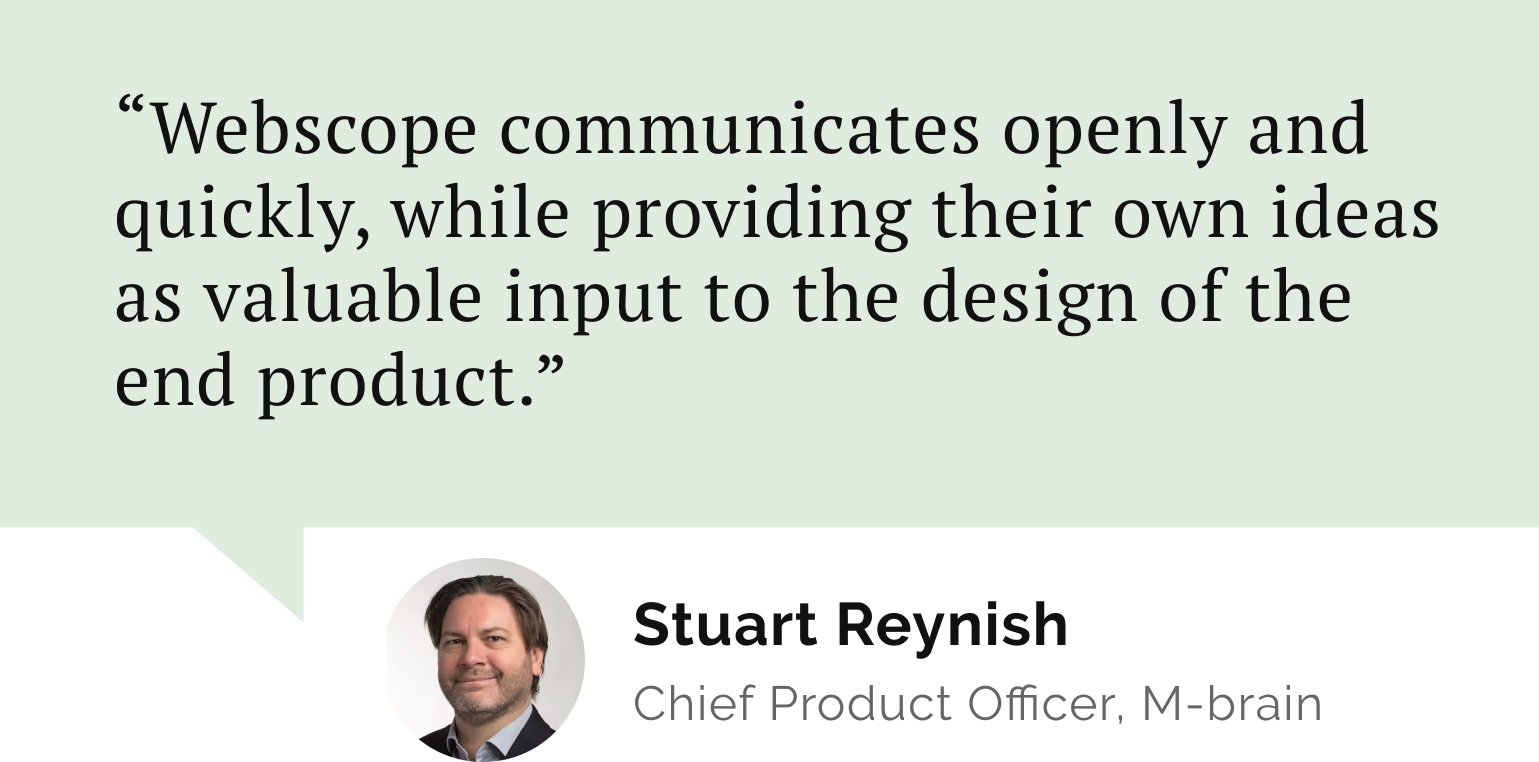
The New Digital Landscape: Why Your Roadmap Matters
The business world is evolving, necessitating that organizations adapt to remain competitive. A digital transformation roadmap is critical for navigating modern market complexities and fostering growth. Without a clear plan, businesses risk falling behind rivals who have embraced digital advancements.
The Importance of a Structured Approach
Digital transformation involves more than adopting new technology; it requires changing how a business functions. A structured roadmap helps prioritize initiatives, allocate resources efficiently, and track progress. For example, it can guide cloud migration by detailing timelines, budgets, and key performance indicators (KPIs). This approach encourages departmental collaboration and risk mitigation through contingency plans, conserving time and resources.
Global investment in digital transformation is substantial, projected to hit $3.9 trillion by 2027, with a 16.2% CAGR from 2022. In the US and UK, 94% of large organizations have adopted such strategies, with 81% of leaders highlighting their necessity for success.
Why Your Roadmap Matters
A strong roadmap helps achieve key objectives:
- Operational Efficiency: Streamlining processes boosts productivity and reduces costs.
- Customer Experience: Digital tools personalize interactions across touchpoints.
- Innovation: A digital-first approach fosters new product and service development.
- Agility: Robust digital capabilities allow quick adaptation to market changes.
A clear roadmap is essential for thriving in today's competitive landscape, guiding businesses to embrace change and optimize operations.
Building Your Transformation Framework
A digital transformation roadmap is a dynamic framework aligning digital vision with business strategy, focusing on meaningful technology assessments and change management.
Aligning Digital Vision With Business Strategy
Begin by linking digital initiatives to broader objectives. For instance, to increase market share, prioritize enhancing e-commerce and digital marketing. Shared understanding of the "why" behind transformation is crucial for buy-in.

Do you need a reliable partner in tech for your next project?
Conducting Meaningful Technology Assessments
Assess technologies based on business value rather than popularity. AI, for example, isn't suitable for every problem. A thorough assessment ensures investments yield a real ROI.
Developing a Culture-Centric Change Management Plan
Transformation involves people. A culture-centric plan addresses communication, training, and support, fostering a positive experience and increasing success likelihood.
Building a Practical Implementation Timeline
A realistic implementation timeline minimizes disruptions. Break the roadmap into phases for early wins and flexibility.
Technology Investments That Drive Transformation Success
Strategic technology investments are crucial for successful transformation. Avoid hype and choose technologies that align with business goals. Prioritize integration, user experience, and a modular approach to adapt to future needs.
Strategic Deployment of Key Technologies
AI, cloud infrastructure, IoT systems, and advanced analytics are pivotal in transformation. They automate processes, offer scalability, and help derive data-driven insights.
Building a Technology Stack That Enables Transformation
Focus on integration, user experience, and modularity. This ensures technology investments support business goals and competitiveness.
From Blueprint to Reality: Implementing Your Roadmap
Successful implementation involves strategic project prioritization, resource allocation, and readiness. Prioritize projects for maximum impact and sequence initiatives for sustainable progress. Maintain agility and manage cross-functional dependencies for successful transformation.
Navigating Resistance: The Human Side of Transformation
Address resistance by understanding its sources and engaging stakeholders. Build advocacy, create a communication framework, and foster a culture of innovation to support transformation.
Measuring What Matters: Transformation Success Metrics
Measure success with KPIs aligned with strategic goals. Track progress across timeframes and communicate ROI to stakeholders, demonstrating value and fostering support.
Future-Proofing Your Digital Transformation Roadmap
Ensure your roadmap remains relevant through continuous assessment and refinement. Balance consistency with adaptability and employ methods like regular reviews and stakeholder engagement to maintain roadmap relevance.
Ready to start your digital transformation journey with confidence? Webscope.io specializes in modernizing enterprise web portals, guiding businesses through complex transitions with minimal disruption. Learn more about how Webscope.io can help you future-proof your business.
Let’s stay connected
Do you want the latest and greatest from our blog straight to your inbox? Chuck us your email address and get informed.
You can unsubscribe any time. For more details, review our privacy policy
Related posts

27 November 2024
Effortless jQuery Migration: A Step-by-Step Guide
Migration
React
Refactoring
jQuery
Legacy
Tech debt

